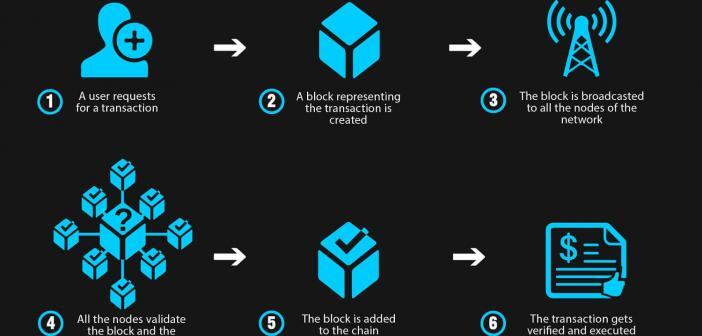Skip to main content
'BLOCK CHAIN' MAY RULE THE WORLD

1. Why 'block chain'?
It keeps thousands of strangers honest and consistent.
2. What is block chain? be brief.
It is the digital information-blocks stored in a public data base- chain.
3. What is a block chain technically?
It is a distributed, decentralized public ledger.
4. What are blocks?
They have three parts.
1. They store info about transactions like the date, time, amount of your recent purchase (an example)
2. It will store info. about who is participating in transactions using unique name like 'user name'.
3. Block stores a unique code called a 'hash' that allows us to tell it apart from every other block.
A block can store upto 1MB of data.
5. How block chain works?
When a block stores a new data, it is added to the block chain. To add a block to the chain, four things must happen.
1. A transaction must occur
2. The transaction must be verified. The network of computers often in thousands verify the transaction. That is, they confirm the details of the purchase, transaction time, amount, participants.
3. After the transaction has been verified as accurate, it gets the green light. The block may join the chain.
4. Finally, the block is given a unique, identifying code called a 'hash' once hashed, the block can be added to the block chain automatically
Example 1:
Smart contract:
Say, I am renting you my apartment using smart contract. I agree to give you the 'door-code' as soon as you pay me your security deposit. The smart contract- a piece of computer code residing in the block chain- would automatically exchange my door-code for your security deposit on the date of the rental. If I do not supply the door code by the rental date, the smart contract refunds your security deposit. This eliminates a third-party mediator.
Example 2:
Automate wills:
One can store 'digital will' on a block-chain network. When used alongside smart contracts, the technology can automatically give out inheritances to beneficiaries once they meet the desired criteria. Since everything is recorded on this immutable block chain network, the 'will' is clear and legally binding.
-----------------------------------------------------------------------------------